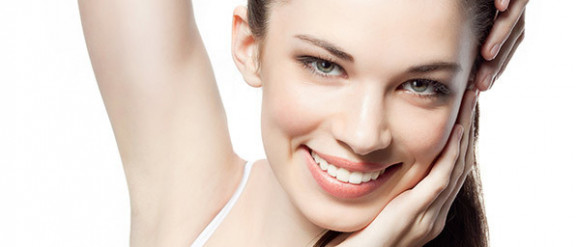
What is hyperhidrosis?
Hyperhidrosis is the name given to excess sweating. The body uses sweat to regulate temperature and allows the body to cool. This condition affects around 3% of the population and can make suffers feel extremely isolated. However, there are many treatments to subside hyperhidrosis.
What are the causes of hyperhidrosis?
There are two types of hyperhidrosis; primary, which is often an inherited disorder or secondary caused by a condition, medication or behaviours such as alcoholism.
Where on the body can people experience hyperhidrosis?
There are several places on the body that people can experience excess sweating, which all have different names, as follows:
- Palmar- excessive sweating of the hands.
- Axillary- excessive underarm sweating.
- Pedal- excessive feet sweating. This can usually be linked with sweating of the hands.
- Facial/Blushing- flushing and sweating of the face.
What treatments are available for hyperhidrosis?
Conservative treatments are usually considered before surgery such as:
- Medications: Given as a pill, these medications are designed to dry the whole body. This can sometimes cause an irritatingly dry mouth and eyes. Alternatively creams such as Aluminium Chloride may be prescribed. These are designed to be applied to your affected areas in the evening with the hope that they remain dry throughout the day.
- Iontophoresis: This is a form of electrical therapy, specifically designed for those who suffer from hyperhidrosis on the hands or feet. The procedure involves you placing your hands or feet into water while an electrical current runs through. Repeating this 2-3 times a week for 20-30 minutes is set to minimise the activity in the sweat glands.
- Botox: These injections are used to help the face, hands or underarms. Each body part requires a certain amount of injections, for example in the hand 40 are required. Due to this, most patients opt for a local anaesthesia. The effects tend to last for 3-6 months.
- Microwave Thermolysis: Ideal for underarm skin, this procedure uses microwave energy to destroy the sweat glands. Results tend to show dryness for up to 2 years after 2-3 sessions over a course of 3-6 months.
What should I expect during a non-invasive procedure?
Before the procedure, your practitioner will numb your target area. During Microwave Thermolysis, the skin is then lifted into a system and microwave energy is directed at the sweat glands; Botox will be injected into the target area in a strategic manner and Iontophoresis allows small electric currents to flow through problem areas. These sessions tend to last between 30 minutes to an hour with no cuts or discomfort. Recovery time is also minimal, with most patients returning back to work the same day.
